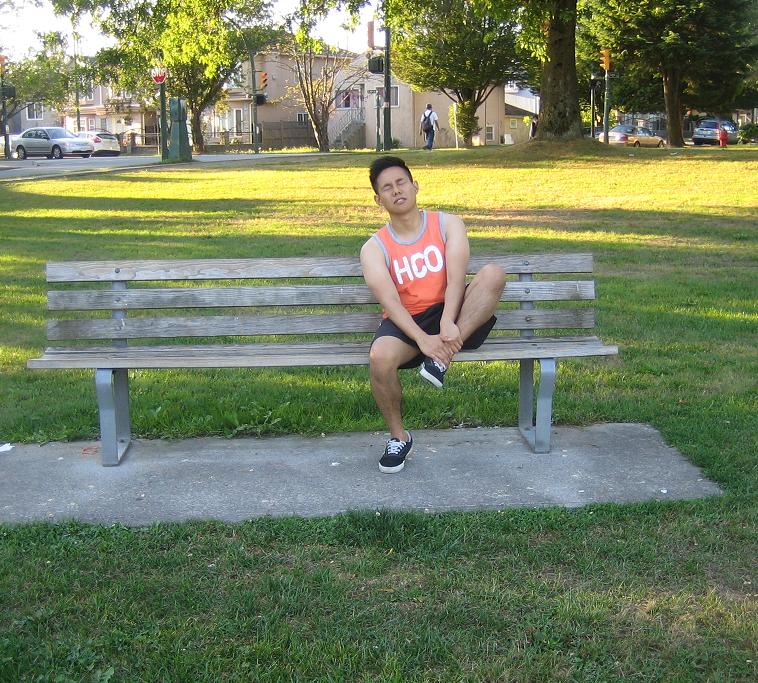Bunions are considered as common deformities affecting the foot where the base of the big toe is thrusted outwards in which the big toe leans on the second toe. The misalignment causes the distinctive bump. As the bunions progresses, it results to reduced function of the big toe which leads to significant pain. Even though bunions can trigger substantial pain that disrupts with participation in exercise, any form of physical activity will not aggravate or cause rapid progression of the bunion.
What are the possible causes?
There are various causes why bunions develop. It is important to note that bunions are typically caused by heredity or faulty mechanical structure of the foot. Bunions are also caused by wearing shoes that keep the toes in a compacted positioned.
Symptoms of bunions

Bunions can cause pain or soreness at the site of the big toe. There is also redness, inflammation, numbness or burning sensation. One of the main indicators of a bunion is the evident visual deformity.
How to manage bunions
The pain caused by the lumps can be managed with conservative measures such as the following:
- Using proper footwear
- Anti-inflammatory medications
- Application of ice on the bunion
- Using padding over the bunion for comfort
- Orthotic devices
- Injection therapy to manage the inflammation
Always bear in mind that it is vital to remember that these remedies will not minimize or eliminate the bunion. Surgery can be utilized to remove the bump and reconstruct the alignment of the big toe.
Exercise
A conservative measure in managing bunions is modifying the activity level. The individual should avoid standing or walking extended periods of time. Just remember to avoid exercises that can cause pain in the foot.
It is vital to remember that exercise could not eliminate the bumps or hasten its progression. The pain can be felt during exercise at the area of the bunion due to lack of movement in the big toe. In case intense pain occurs during exercise, stop the activity. One way to stay active with a bunion is to consider non-weight bearing activities including swimming, cycling and using an elliptical machine.
Physical therapy
Physical therapy can also be used to maintain the range of motion and flexibility of the big toe after the individual has been diagnosed with a bunion. This is also recommended right after surgery to improve strength in the foot as well as promote movement in the large toe. If the individual had surgery, avoid exercise until the doctor approves.

